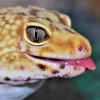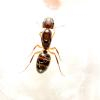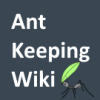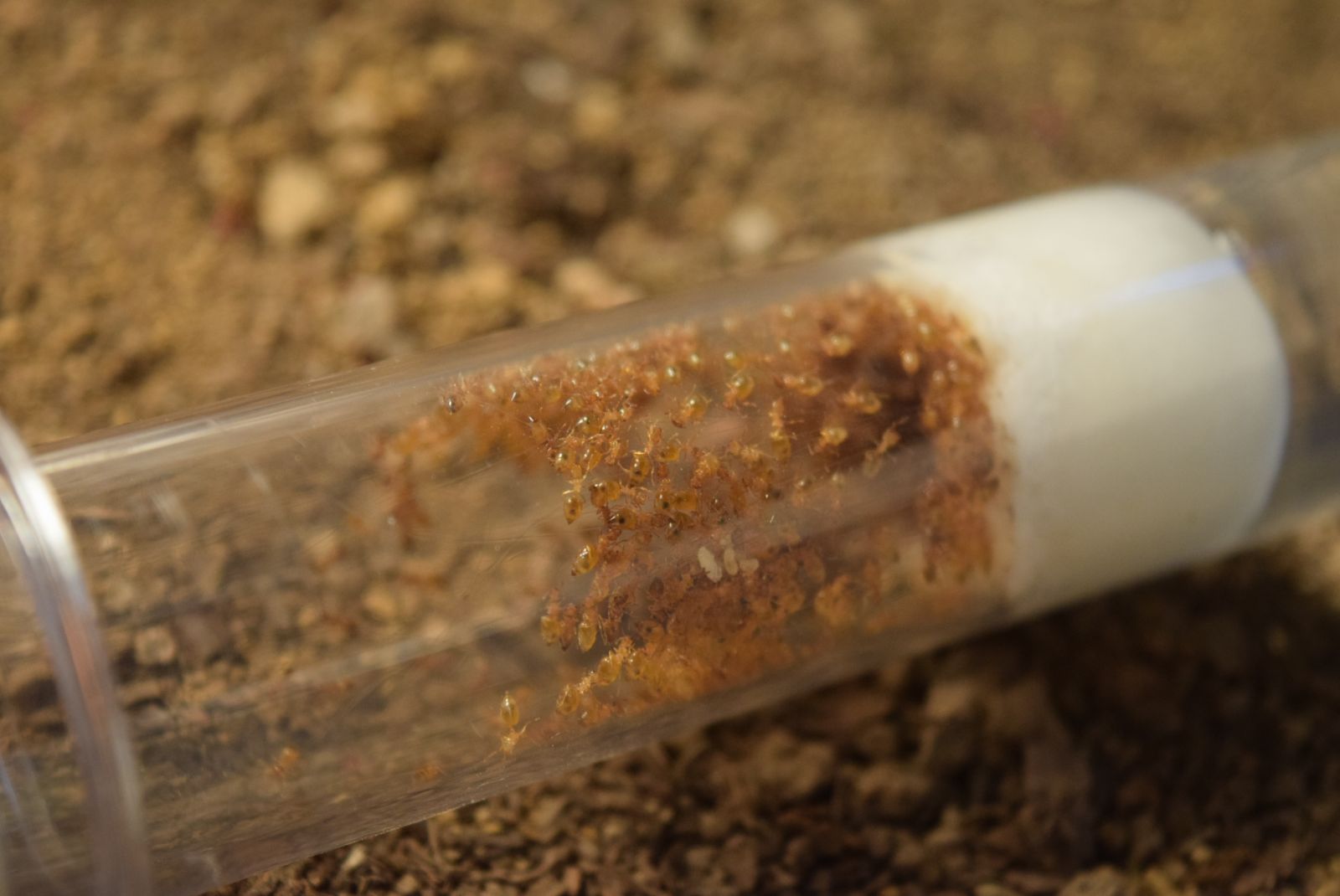Where did you collect them? C. minutissima smithi is ground nesting while C. minutissima missouriensis can be found nesting within rotting wood. Both share a somewhat similar range but have a few ecological and morphilogical differences.
Here in Florida C. missouriensis is locally common and would be easy to collect if not for their diminutive size. In the wild they are almost surely strictly nocturnal, but in captivity I have observed similiar behavior as you although there is a difference in activity during the day vs at night. In contrast to C. smithi, colonies are extremely polygynous and possess a slightly smaller queen size overall. Intercastes used for food egg production are apparently much more common in smithi. I have observed only a single intercaste specimen in C. missouriensis, despite encountering hundreds of wild nests, that single individual being in my own colony.
C. missouriensis can be propagated to some degree in captivity, males are fairly eager to mate and tiny flights occur which results in successful mating, undoubtedly due to queen relatedness being diluted due to polygyny. My colony has grown from 12 queens last year to over 30 this year. Queen life span seems short and several (presumably last years) queens have perished leaving this colony at about 24 queens and 500 workers.

Intercaste in the middle

Edited by 123LordOfAnts123, September 19 2017 - 10:35 AM.
![]()























